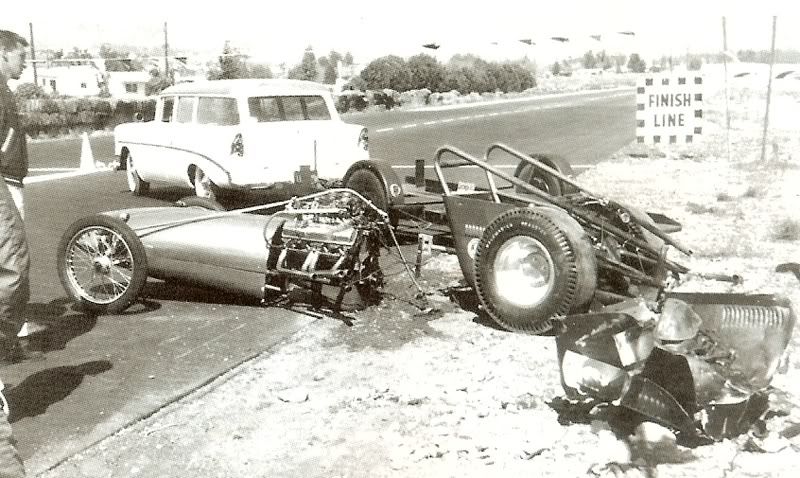Nakerlite,
I commend your desire to experiment, especially with the comment that following your results will be a

ROPER: check on an electronic / digital machine, I wish you success.
That said, I personally would recommend a different fixture than the roller bearing you have. I'm an A&P (aircraft mech) by trade and profession. During the
pre-digital age, aircraft propellors were balanced by inserting a tight fitting shaft through the bore of the prop, and then the ends of that shaft are placed on parrallel, horizontal knife edges for minimum rolling resistance.
Sometimes items were attached or adhered to the individual blades, or sometimes material may have been removed. This method was accurate enough iin obtaining static balance that it had to happen in a closed shop so as to be a "No Wind Environment".
That's my food for thought.
Mike in FL

















